
When one child comes along, the two-door or two-seater typically gets the flick.
Two kids? Well, that’s manageable in most cars with a decent second row.
When the third comes along, it’s usually time to explore even larger automotive alternatives. Expand the tribe to four or more kids, and the options are a bit more limited.
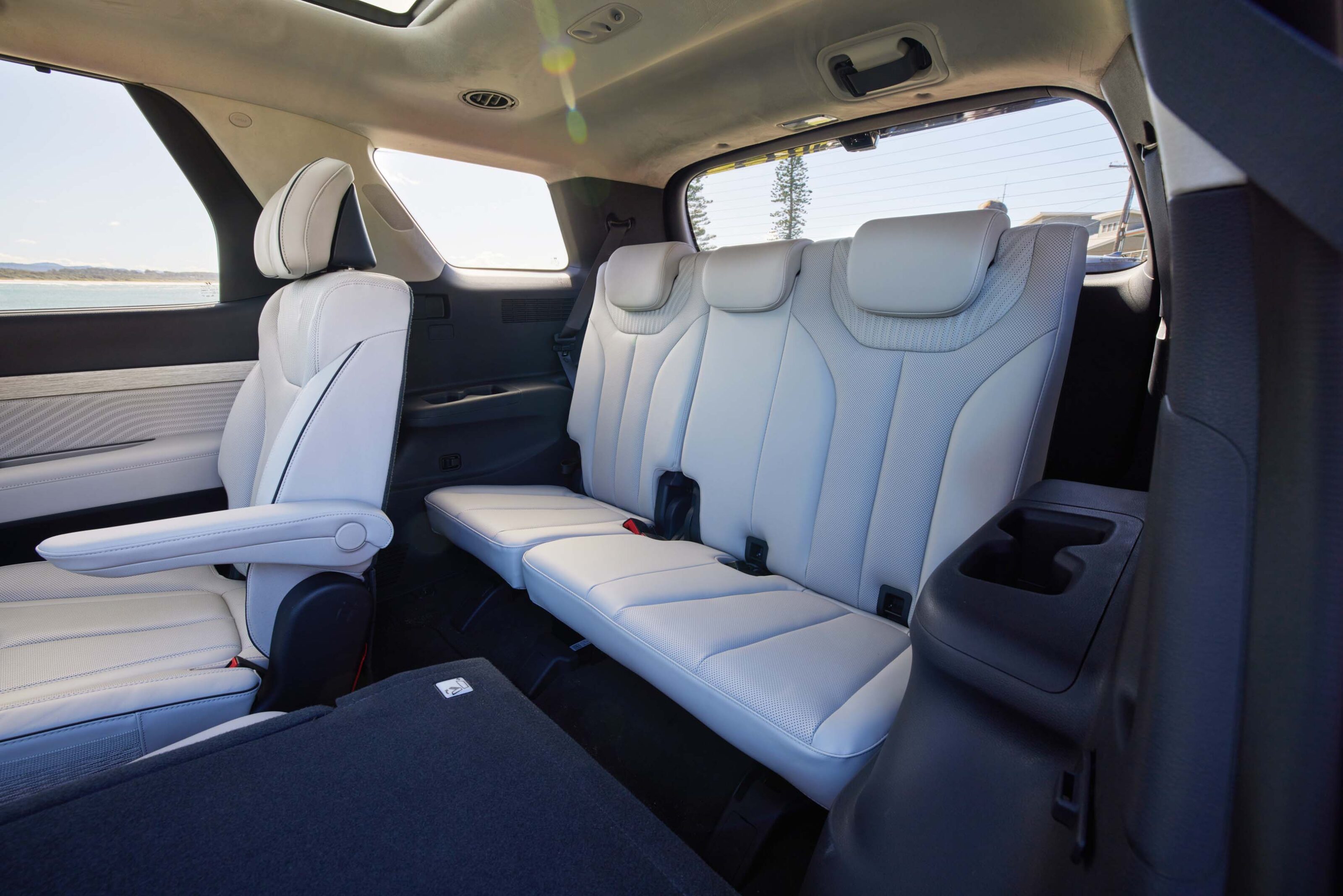
People-mover or SUV?
Three rows and a big boot are now a necessity, and many will tell you it’s time to upgrade (or, in the opinion of many a dedicated car enthusiast, downgrade) to a people-mover.
But all is not lost. These days, having four-plus kids does not automatically mean a people-mover/mini-van is first on the shopping list. These vehicles have come a long way – but for some active families, it may not be the best option.
Depending on the model, SUVs can go further into the bush, can tow the caravan or boat, and – again depending on your budget and needs – a new SUV with three rows and a boot could still work.
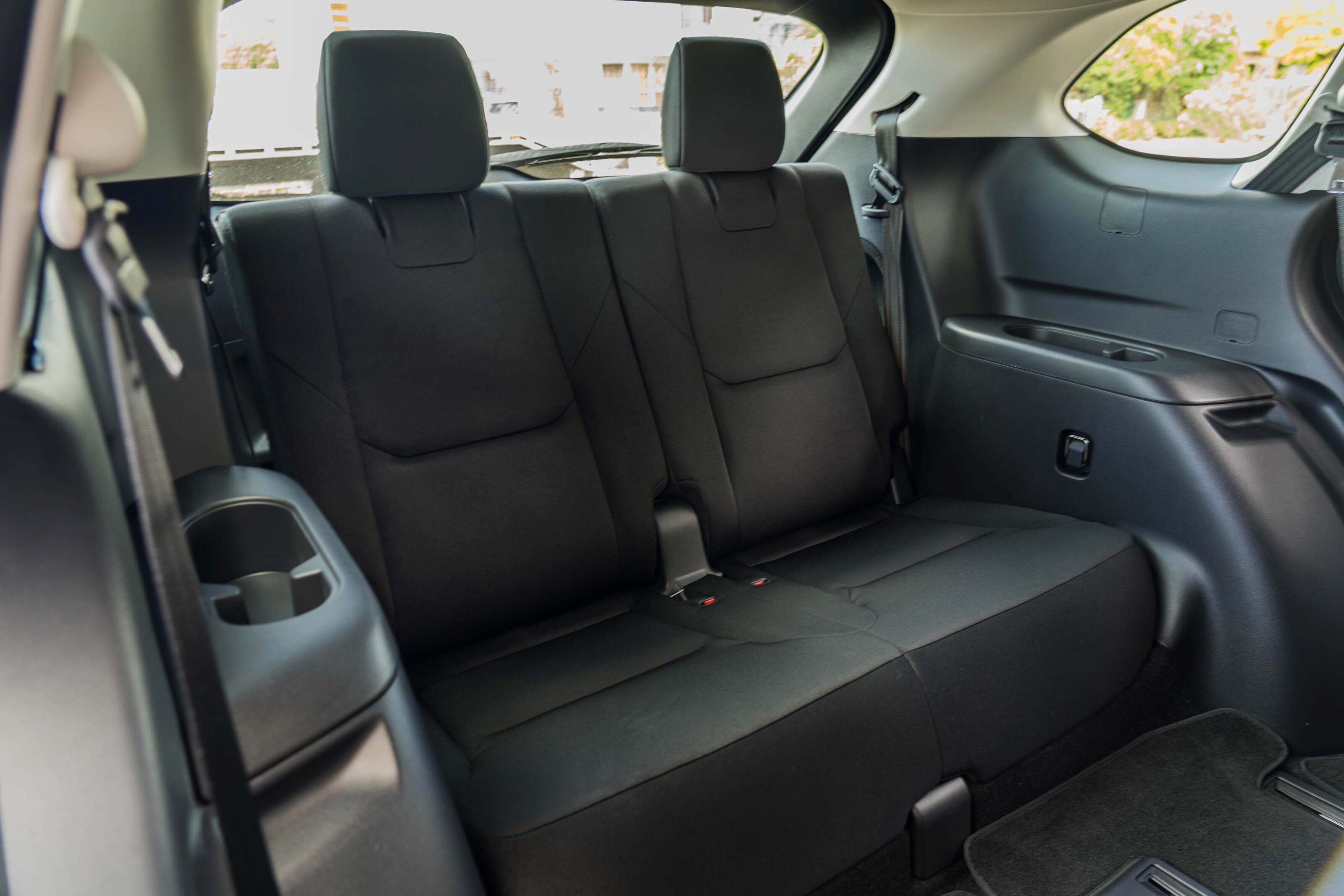
What do I need to look for?
The key is to start at the back of the car and move forward.
The boot will most often be the deciding factor; particularly with four munchkins. The amount of stuff needed for even a basic family outing is tremendous – more so if their ages span several years. Throw scooters in with double prams and you will need every millimetre you can get.
Some assume that roof racks and/or a pod will solve the storage problem, but it shouldn’t be the solution to boot space. They’re great for trips on the open road, but in everyday life these options are hard to reach, difficult to pack, and gives parking in most underground garages – not to mention your own home carport – an added degree of unnecessary difficulty.

Most – if not all – modern seven-seaters have two individual seats in the third row (rather than a bench seat), which means the split-fold can be utilised for a passenger on one side, and some extra boot space on the other.
However, care must be taken to secure any items in and around the boot if a passenger is to be sharing the space with the luggage. This is where tie-downs and hook points come in very handy – be sure to look for them.
Accessing the third row
Access in and out of that third row is also very important, and not just for the person using it.
An older child may be able to clamber in unassisted – provided they aren’t so big as to be travelling with their knees near their ears given the footwell restrictions of third-row seating.

But many families will find the two hands needed for the folding mechanisms of the second row of seats can be too hard to manage if babes are still in arms.
With boosters recommended until the child is seven years of age, or 145cm in height, it’s highly likely that both the second and third rows will be full of them. This eliminates the ability of smart seats to fold at all.

The only alternative is to narrow down the car search, and, as you approach your final decision, measure how much space you will need to open up the third row with your current car seats. If you want, perhaps even drag your car seat to the showroom and physically see if it will work – or investigate whether a more compact car seat may be needed.
It’s vital that you check the anchor points to see if any fixtures or bars will need to be fitted as well. Life has been made far easier in this respect due to the easier Isofix system, but it’s uncommon to find Isofix anchors in third rows, meaning you’ll need to rely on using just the seatbelt and top tether to secure a seat.
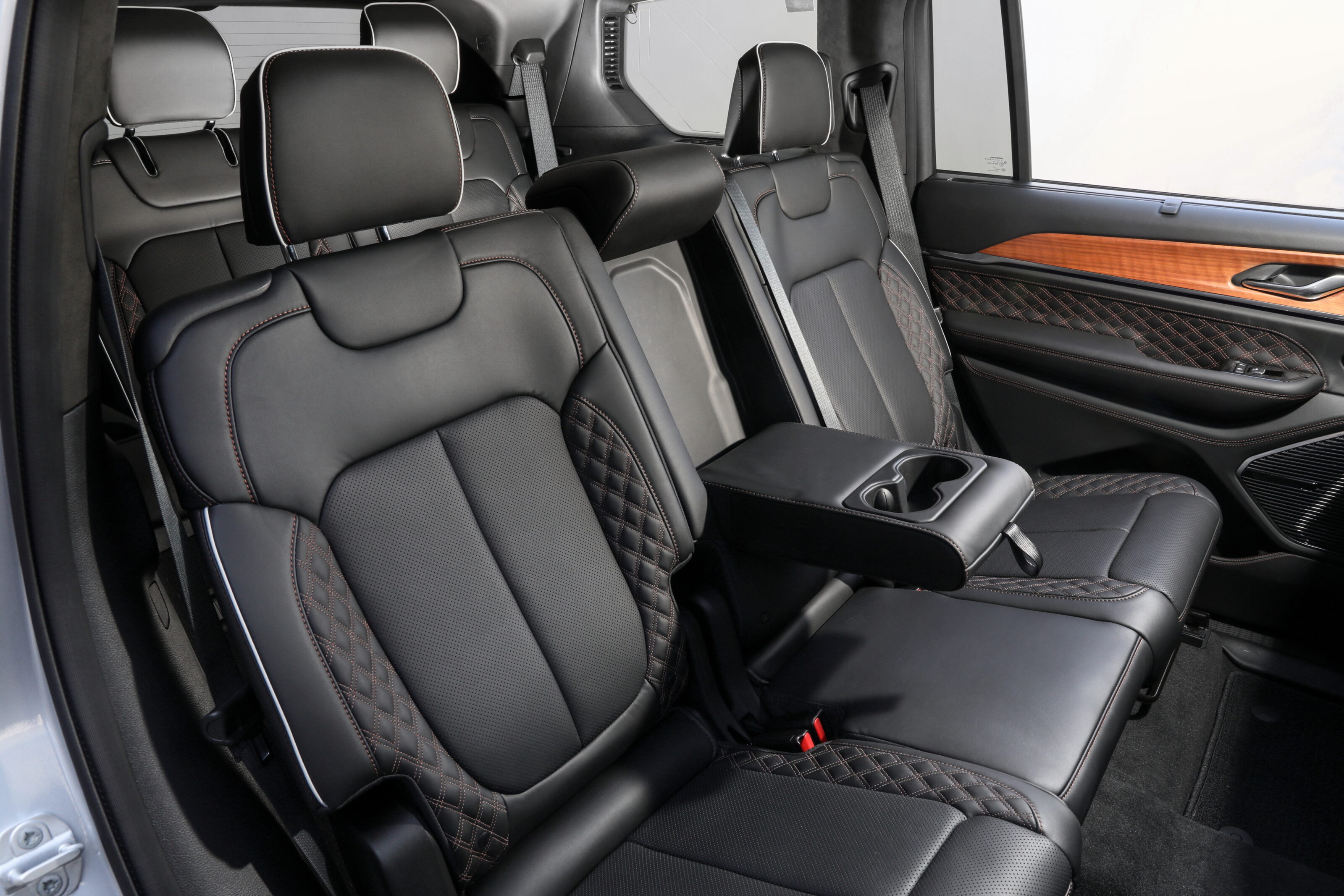
What are my options?
So, where to start shopping? While there are also plenty of high-end, luxury SUVs on the market, we’ve focused on the more affordable side – led by main players such as Toyota, Mazda and Mitsubishi.
SUVs
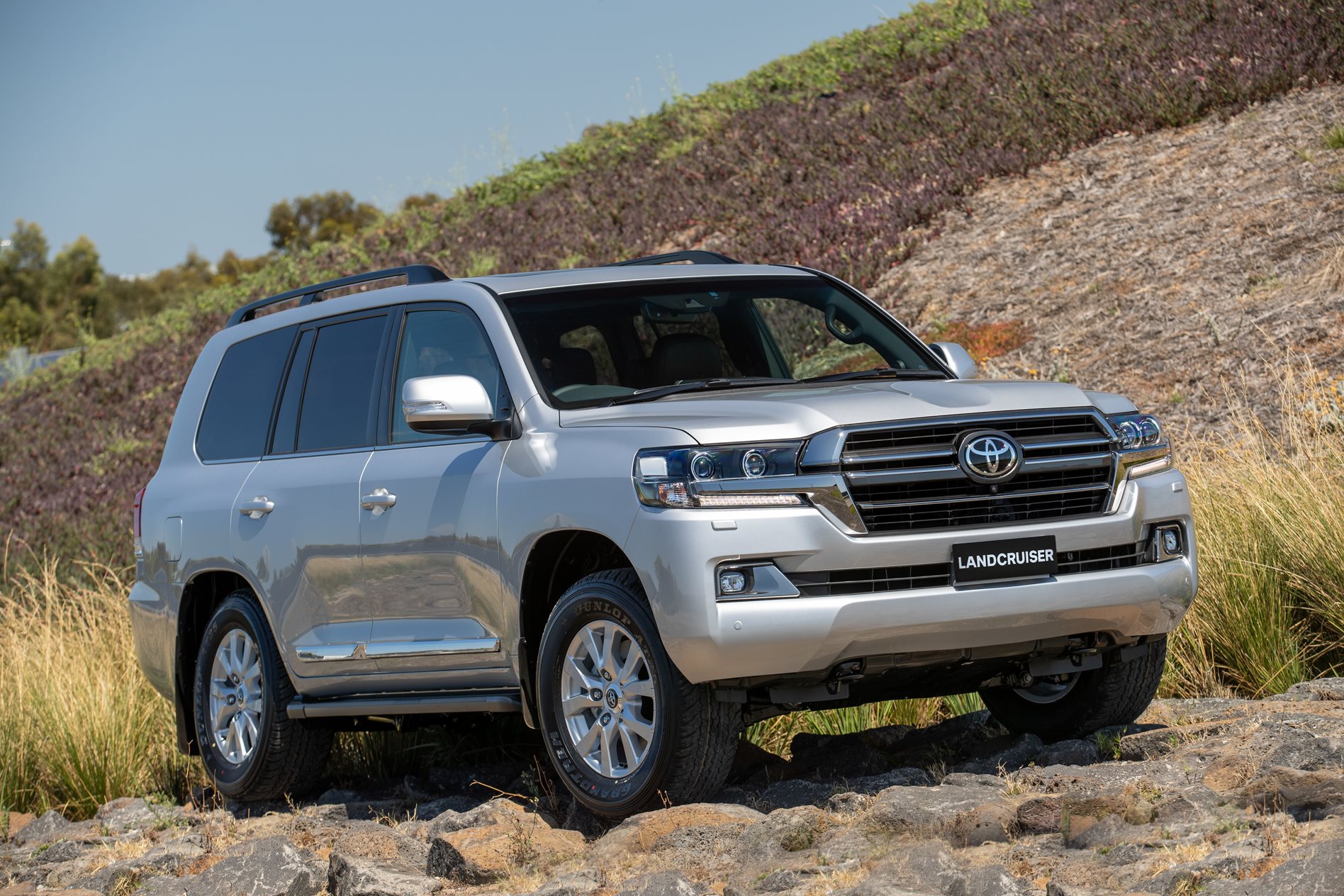
Toyota LandCruiser 300
- Starting price: $100,994 drive-away
- Drivetrain: 3.3-litre V6 turbo-diesel, 10-speed auto
- Fuel consumption: 8.9L/100km
- Cargo space (with all seats up): 175 litres
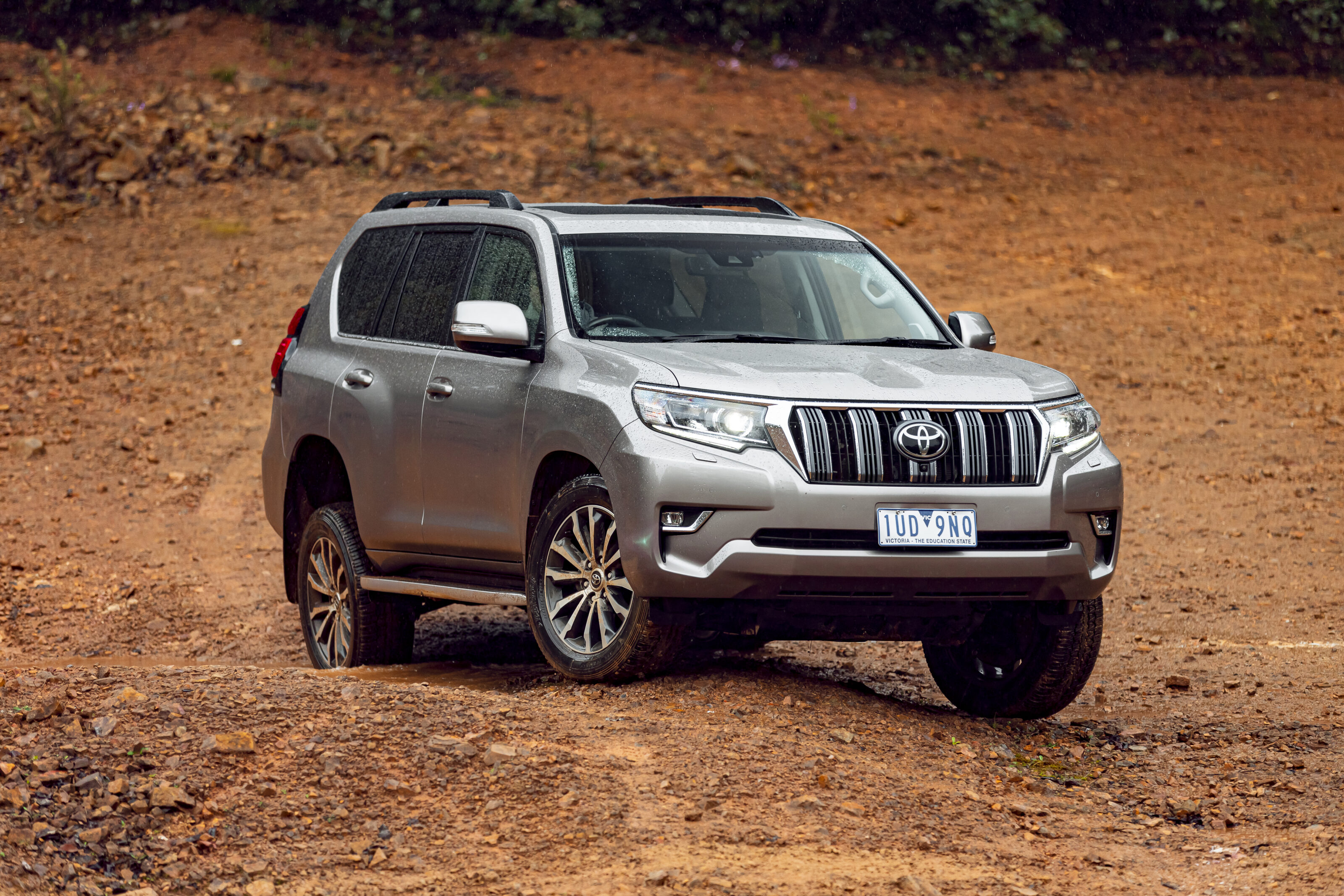
Toyota LandCruiser Prado
- Starting price: $68,345 drive-away
- Drivetrain: 2.8-litre turbo-diesel, six-speed auto
- Fuel consumption: 7.9L/100km
- Cargo space (with all seats up): 104 litres

Toyota Kluger
- Starting price: $56,148 drive-away
- Drivetrain: 2.4-litre turbocharged four-cylinder petrol or 2.5-litre petrol-electric hybrid, eight-speed torque converter auto
- Fuel consumption: 8.3L/100km petrol, 5.6L/100km hybrid
- Cargo space (with all seats up): 241 litres
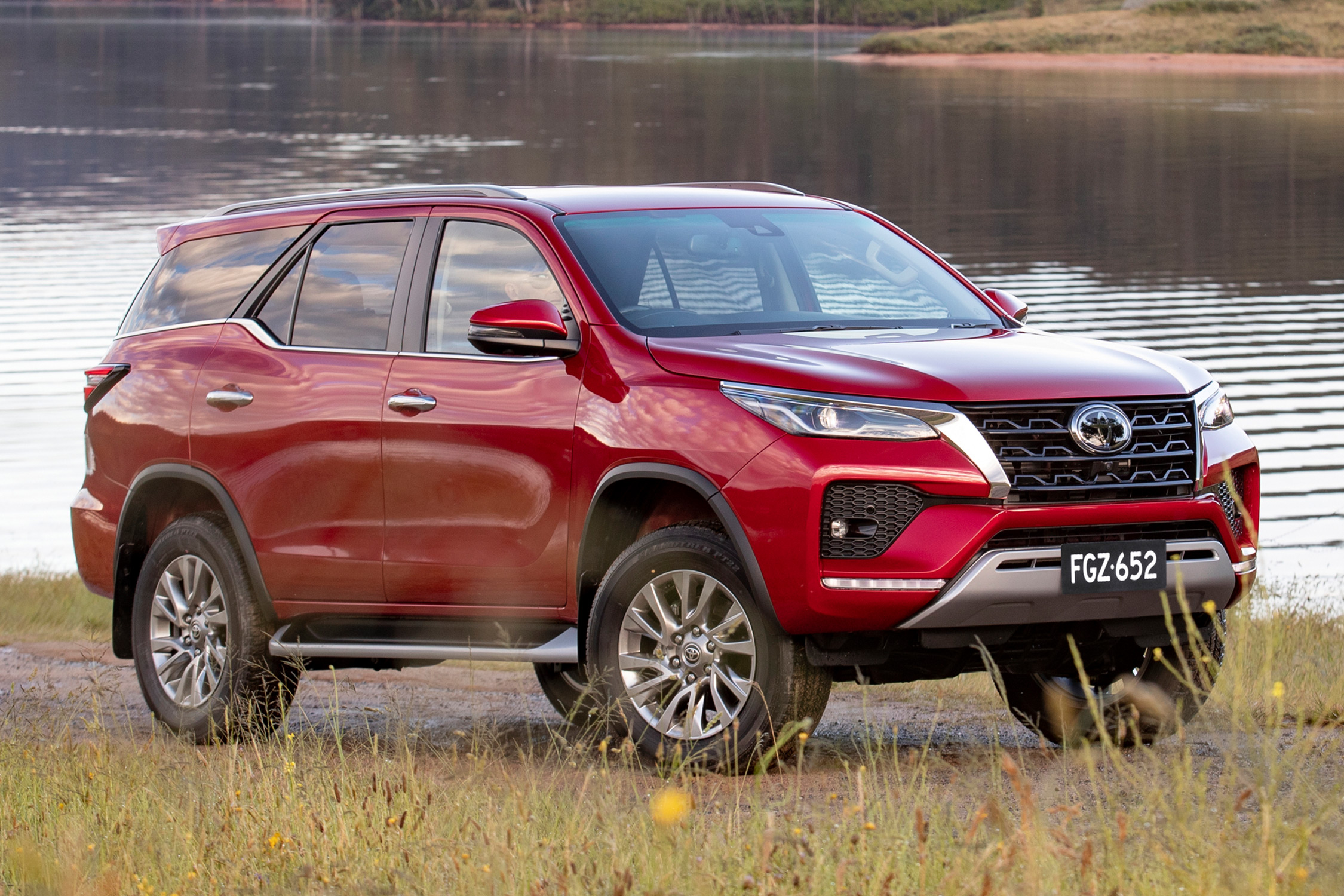
Toyota Fortuner
- Starting price: $57,027 drive-away
- Drivetrain: 2.8-litre turbocharged four-cylinder diesel, six-speed auto
- Fuel consumption: 7.6L/100km
- Cargo space (with all seats up): 200 litres

Mitsubishi Outlander
- Starting price: $44,320 drive-away
- Drivetrain: 2.5-litre four-cylinder, CVT auto
- Fuel consumption: 7.5-8.1L/100km petrol, 1.5-1.9L/100km PHEV
- Cargo space (with all seats up): 163 litres

Mitsubishi Pajero Sport
- Starting price: $53,240 drive-away
- Drivetrain: 2.4-litre turbocharged four-cylinder diesel, eight-speed torque converter auto
- Fuel consumption: 8L/100km
- Cargo space (with all seats up): 131 litres
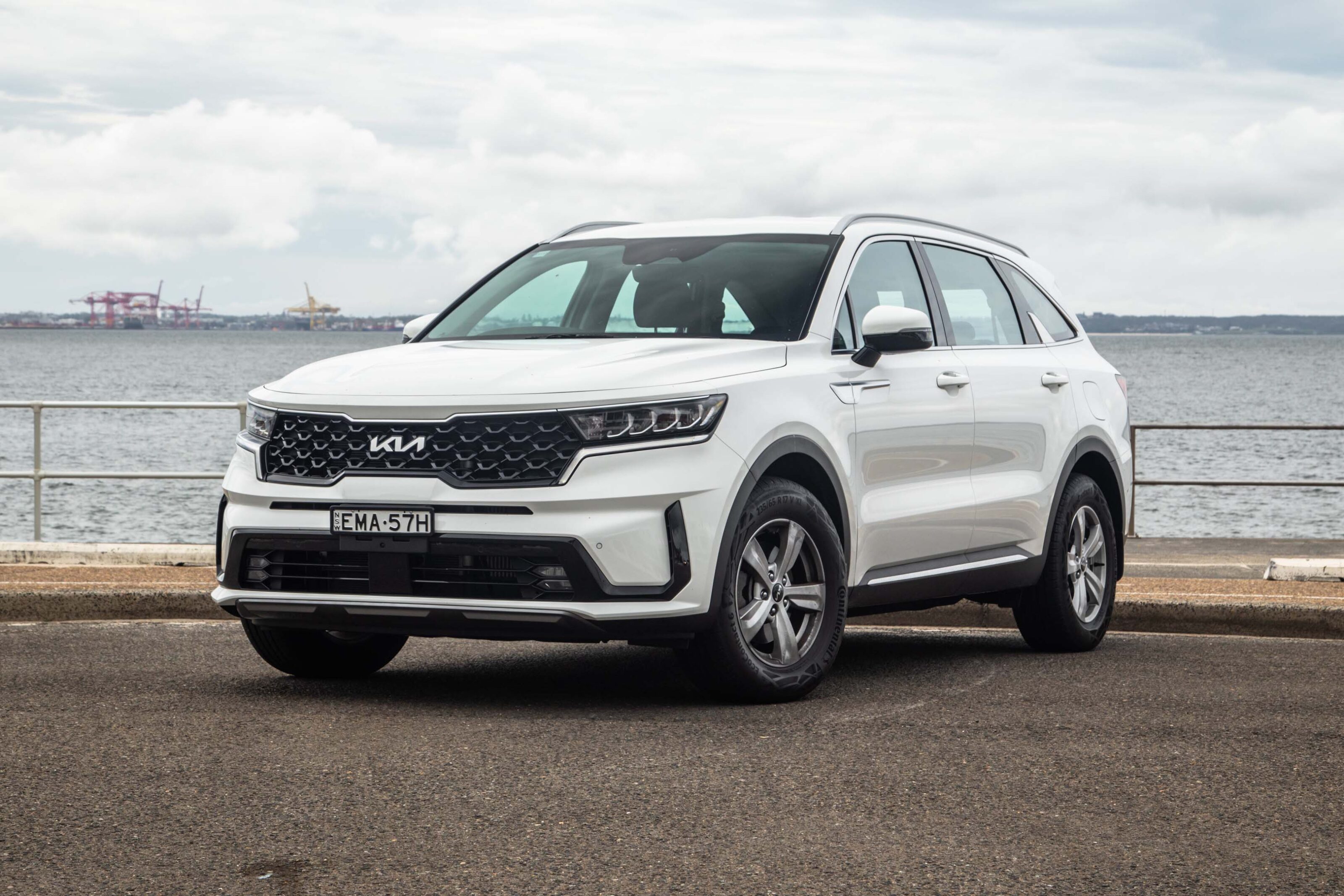
Kia Sorento
- Starting price: $50,790 drive-away
- Drivetrain: 3.5-litre petrol and 2.2-litre turbo diesel options, or 1.6-litre four-cylinder turbocharged petrol HEV and PHEV, eight-speed automatic (petrol) eight-speed dual-clutch auto (diesel) or six-speed auto (HEV and PHEV)
- Fuel consumption: 6.1-9.7L/100km petrol and diesel, 5.3-5.8L/100km hybrid, 1.6L/100km PHEV
- Cargo space (with all seats up): 187 litres
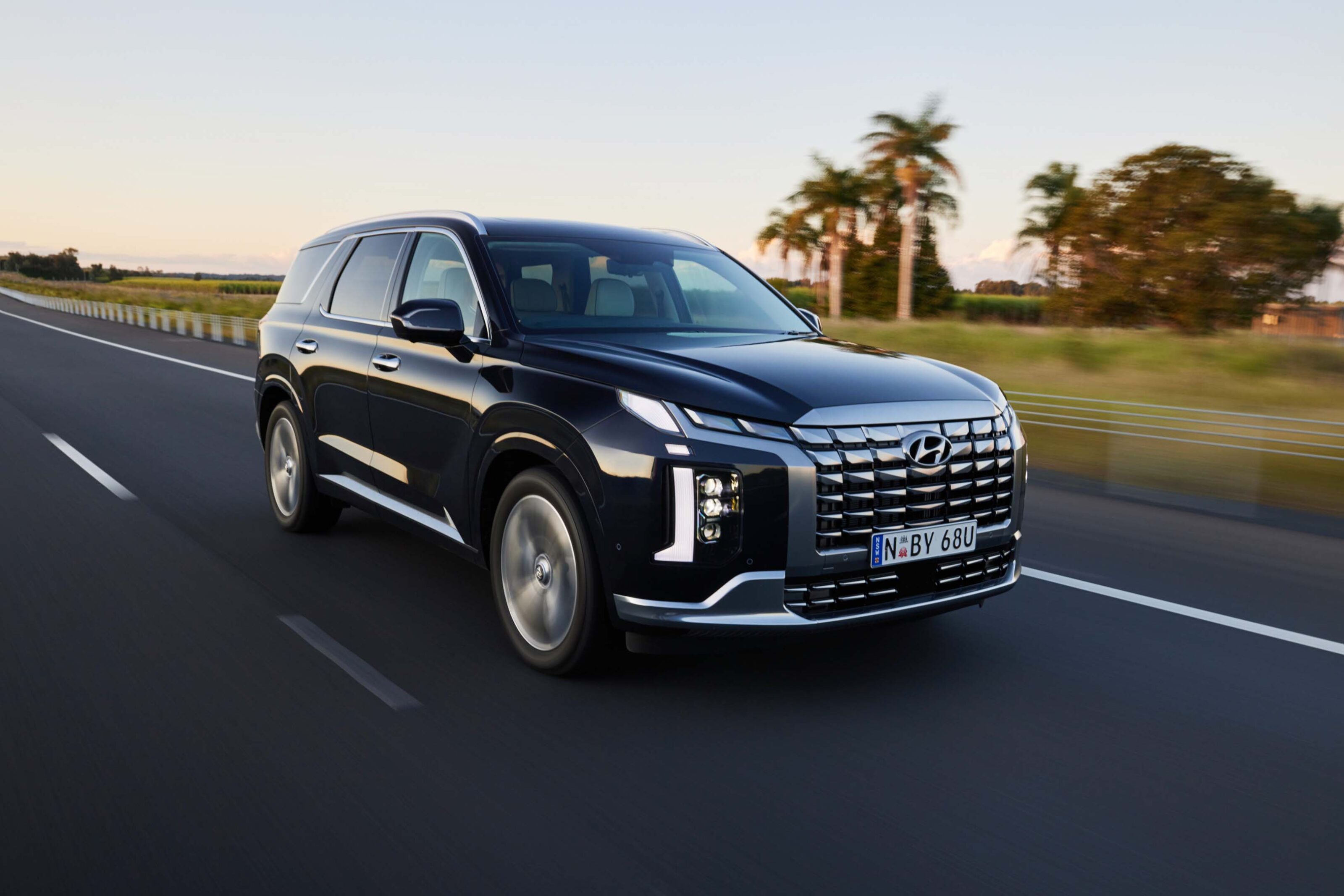
Hyundai Palisade
- Starting price: $72,021 drive-away
- Drivetrain: 3.8-litre petrol, 2.2-litre diesel, eight-speed auto
- Fuel consumption: 7.3-10.7L/100km
- Cargo space (with all seats up): 311 litres
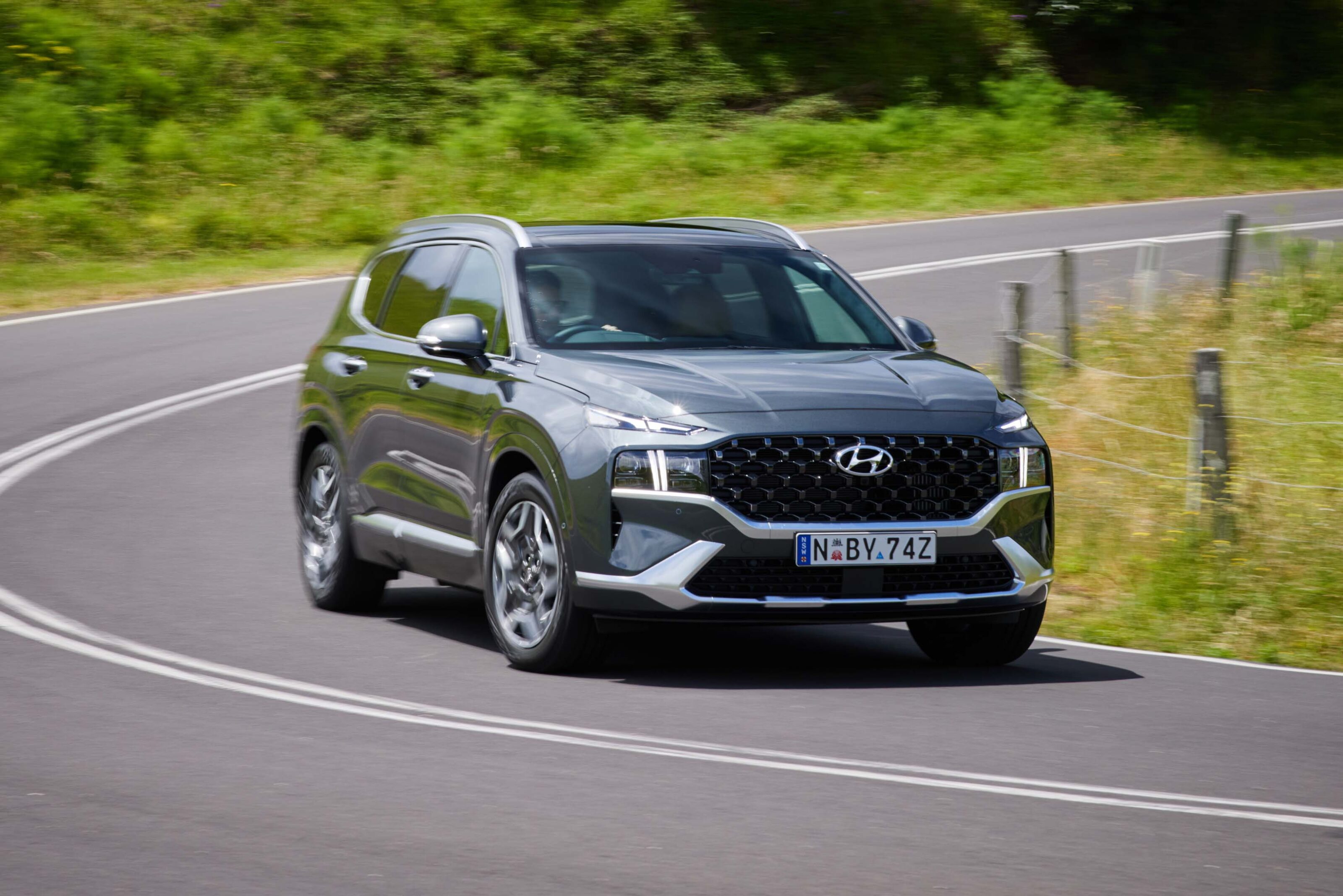
Hyundai Santa Fe
- Starting price: $50,610 drive-away
- Drivetrain: 3.5-litre petrol and 2.2-litre turbo diesel options, or 1.6-litre, four-cylinder turbocharged petrol HEV, eight-speed automatic (petrol) eight-speed dual-clutch auto (diesel) or six-speed auto (HEV and PHEV)
- Fuel consumption: 6.1-10.5L/100km petrol and diesel, 6L/100km hybrid
- Cargo space (with all seats up): 130 litres

Mazda CX-8
- Starting price: $63,900 drive-away
- Drivetrain: 2.5-litre four-cylinder petrol, 2.2-litre turbocharged four-cylinder diesel, six-speed auto
- Fuel consumption: 6.0-8.1L/100km
- Cargo space (with all seats up): 209 litres

Mazda CX-9
- Starting price: $52,478 drive-away
- Drivetrain: 2.5-litre four-cylinder turbo-petrol, six-speed auto
- Fuel consumption: 8.4-9L/100km
- Cargo space (with all seats up): 230 litres

Ford Everest
- Starting price: $59,027 drive-away
- Drivetrain: 2.0-litre, bi-turbo diesel four-cylinder or 3.0-litre, single-turbo diesel V6, 10-speed torque converter auto
- Fuel consumption: 7.1-8.5L/100km
- Cargo space (with all seats up): 239 litres
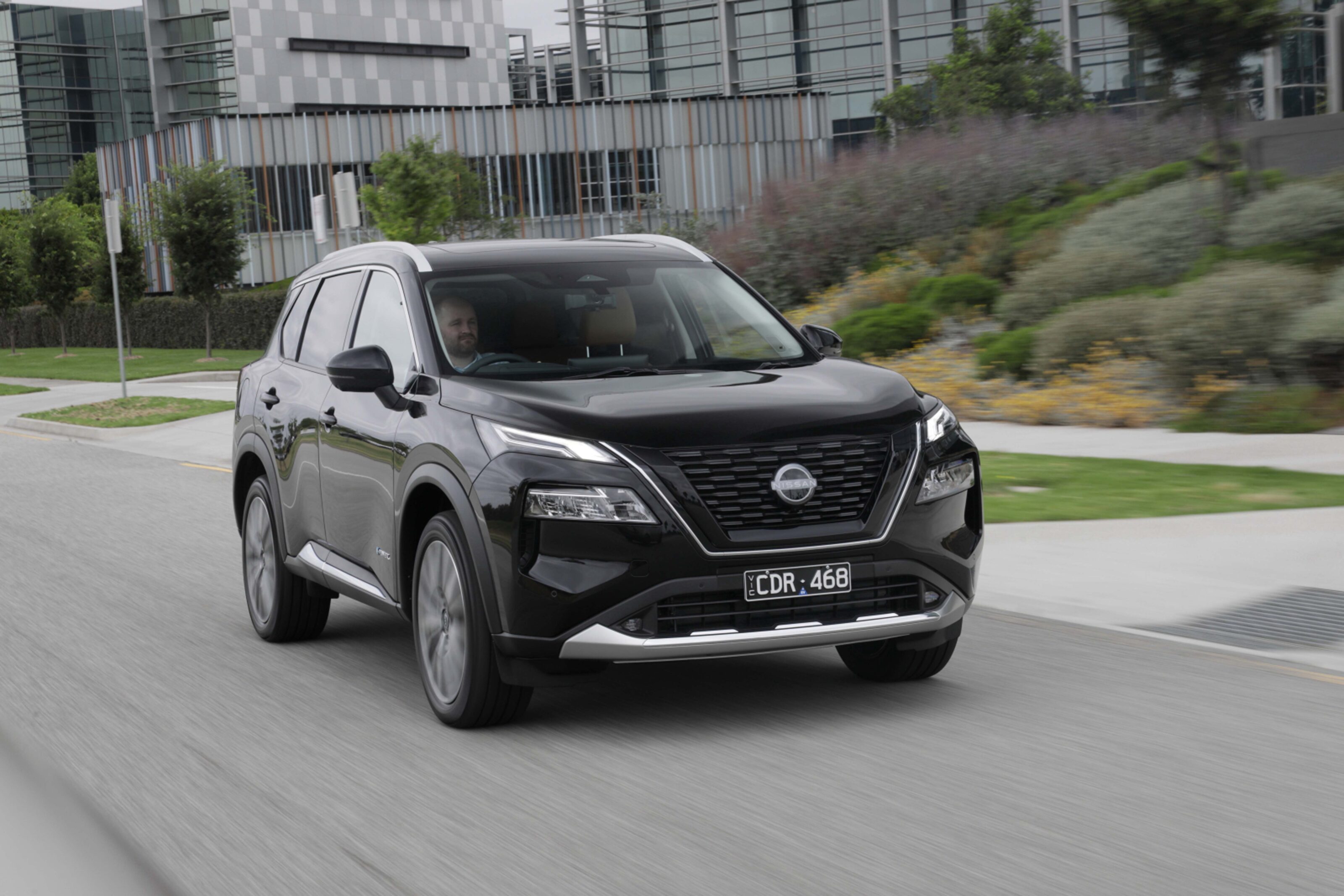
Nissan X-Trail
- Starting price: $47,077 drive-away
- Drivetrain: 2.5-litre four-cylinder petrol, CVT auto
- Fuel consumption: 7.4-7.8L/100km
- Cargo space (with all seats up): 135 litres
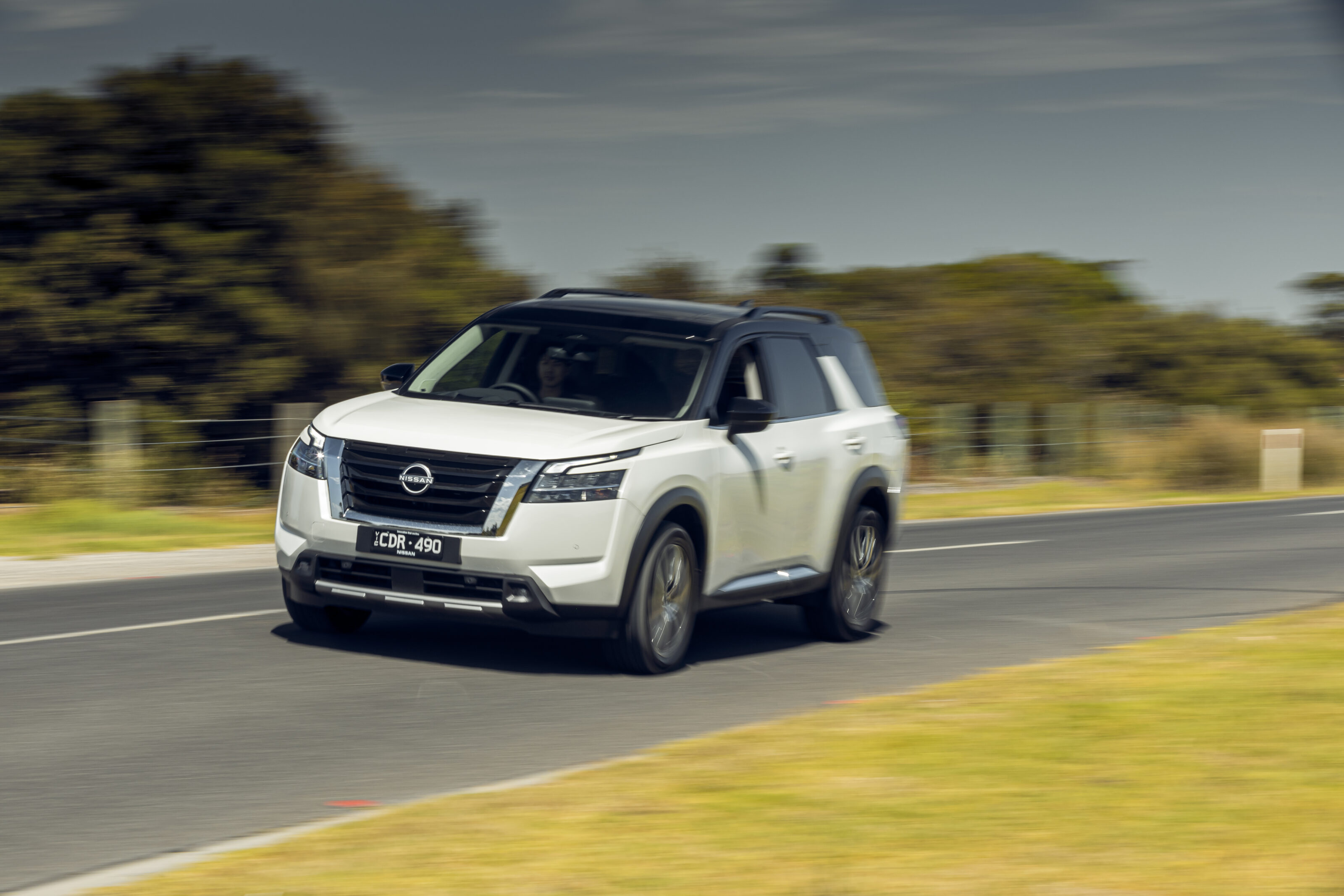
Nissan Pathfinder
- Starting price: $77,559 drive-away
- Drivetrain: 3.5-litre naturally-aspirated V6, nine-speed torque converter auto
- Fuel consumption: 10-10.5L/100km
- Cargo space (with all seats up): 205 litres

Nissan Patrol
- Starting price: $89,649 drive-away
- Drivetrain: 5.6-litre naturally-aspirated petrol V8, seven-speed auto
- Fuel consumption: 14.4L/100km
- Cargo space (with all seats up): 467 litres
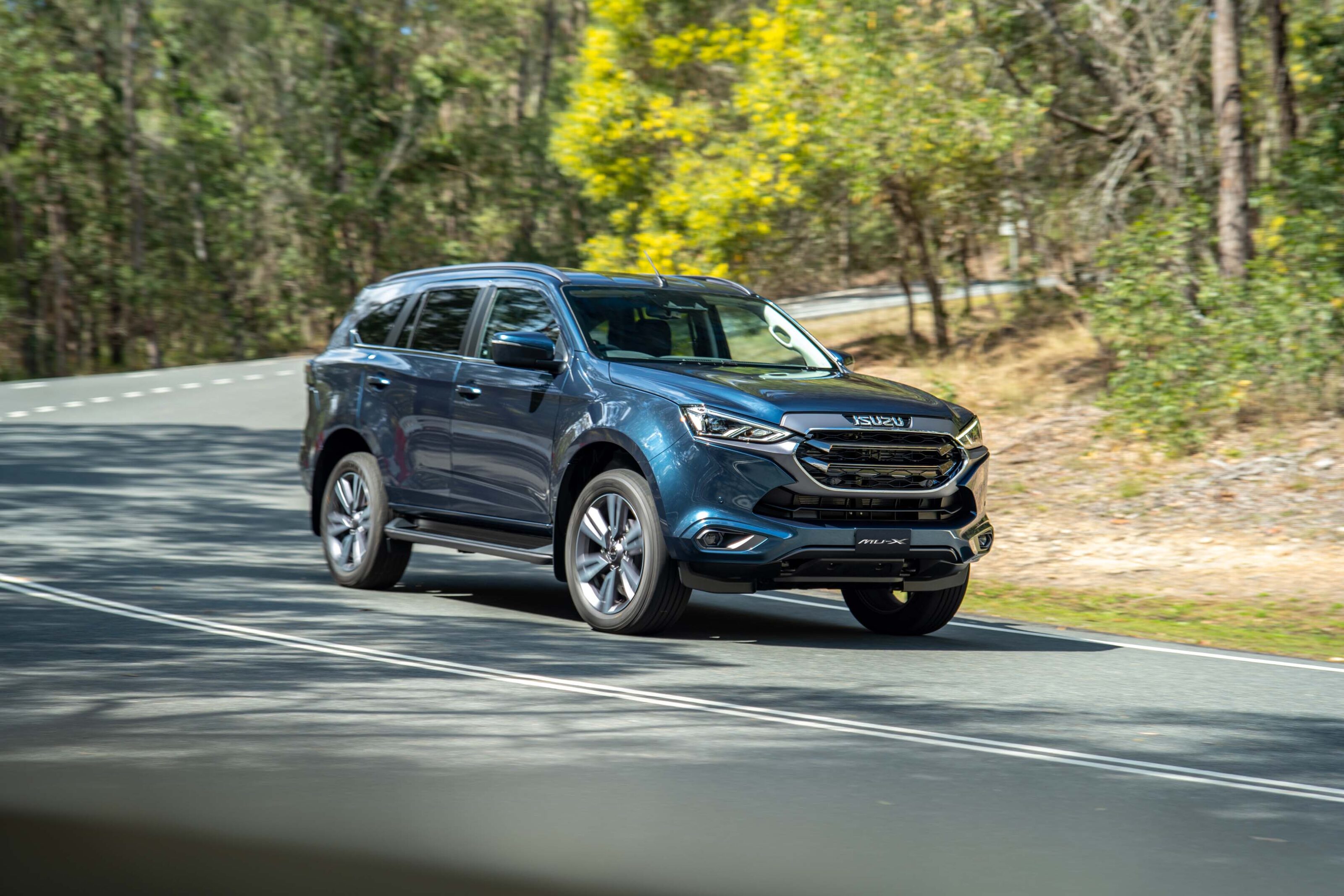
Isuzu MU-X
- Starting price: $66,811 drive-away
- Drivetrain: 3.0-litre four-cylinder turbo-diesel, six-speed auto
- Fuel consumption: 7.8-8.3L/100km
- Cargo space (with all seats up): 311 litres
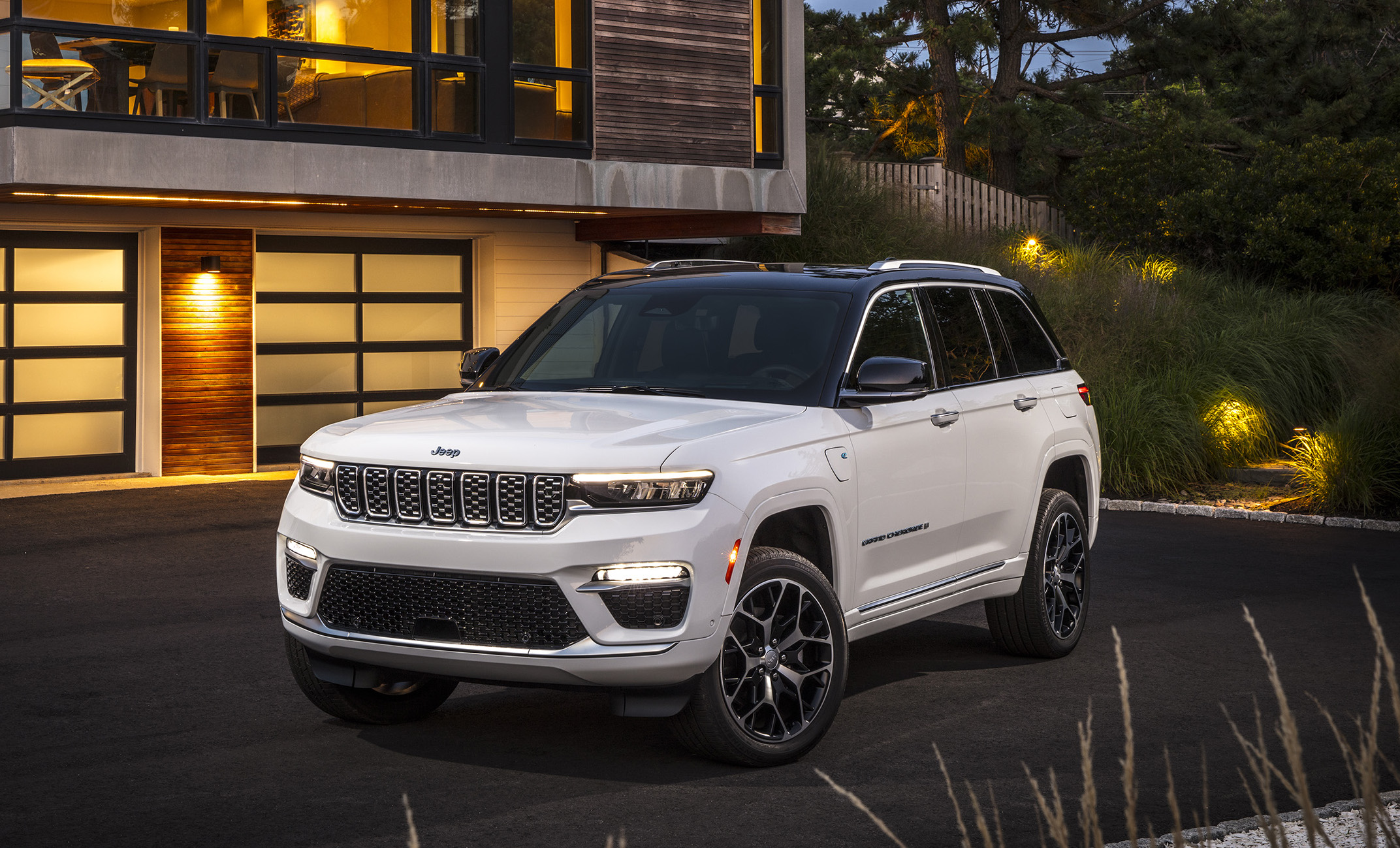
Jeep Grand Cherokee L
- Starting price: $82,750 (MLP)
- Drivetrain: 3.6-litre naturally-aspirated V6, eight-speed torque-converter auto
- Fuel consumption: 10.6L/100km
- Cargo space (with all seats up): 487 litres
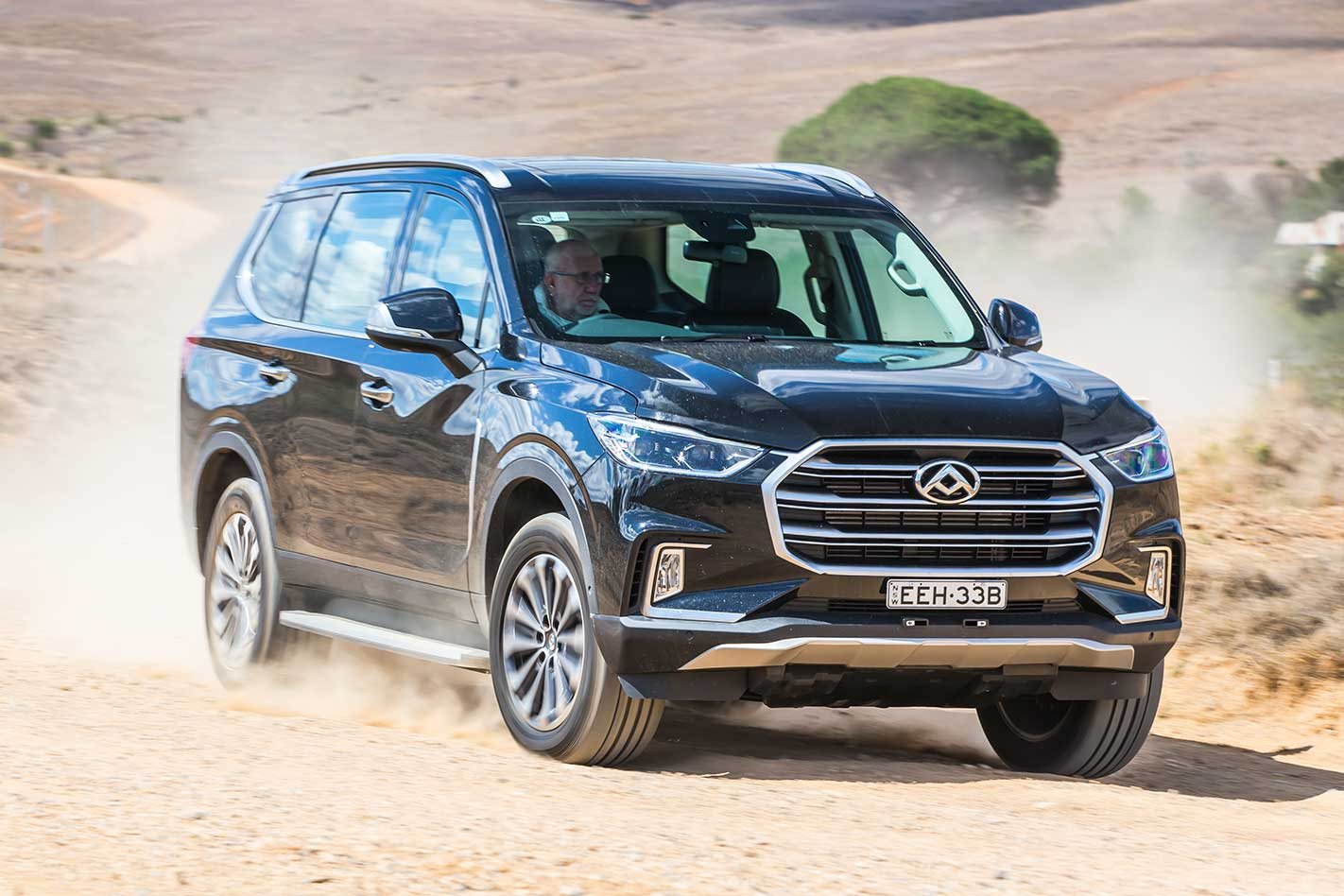
LDV D90
- Starting price: $38,990 drive-away
- Drivetrain: 2.0-litre four-cylinder turbo-petrol or 2.0-litre four-cylinder turbo-diesel, six-speed auto (petrol) or eight-speed auto (diesel)
- Fuel consumption: 9.1-10.9L/100km
- Cargo space (with all seats up): 412 litres
People-movers
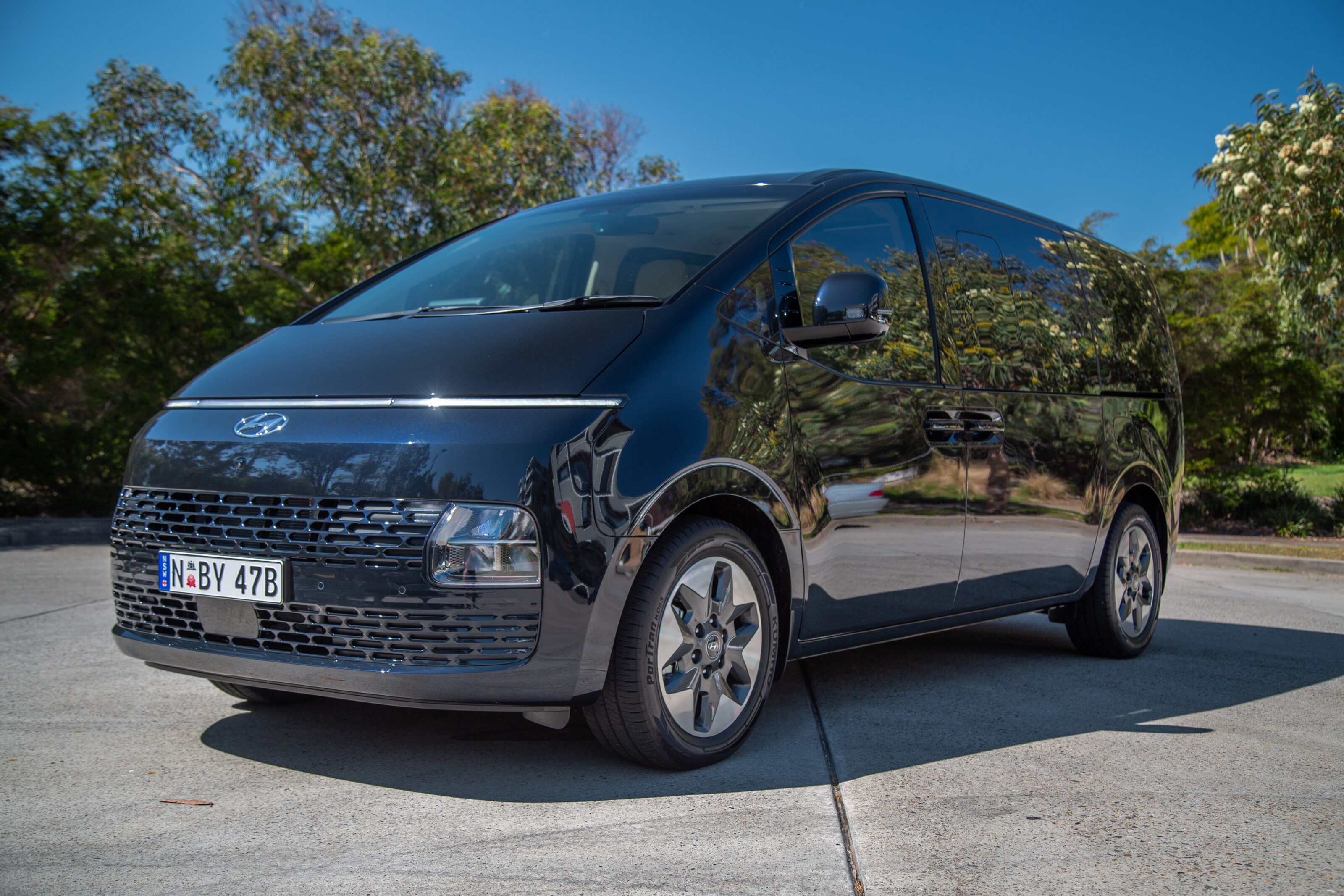
Hyundai Staria
- Starting price: $53,685 drive-away
- Drivetrain: 3.5-litre petrol and 2.2-litre turbo diesel options, eight-speed auto
- Fuel consumption: 8.2-10.5L/100km
- Cargo space (with all seats up): 831 litres
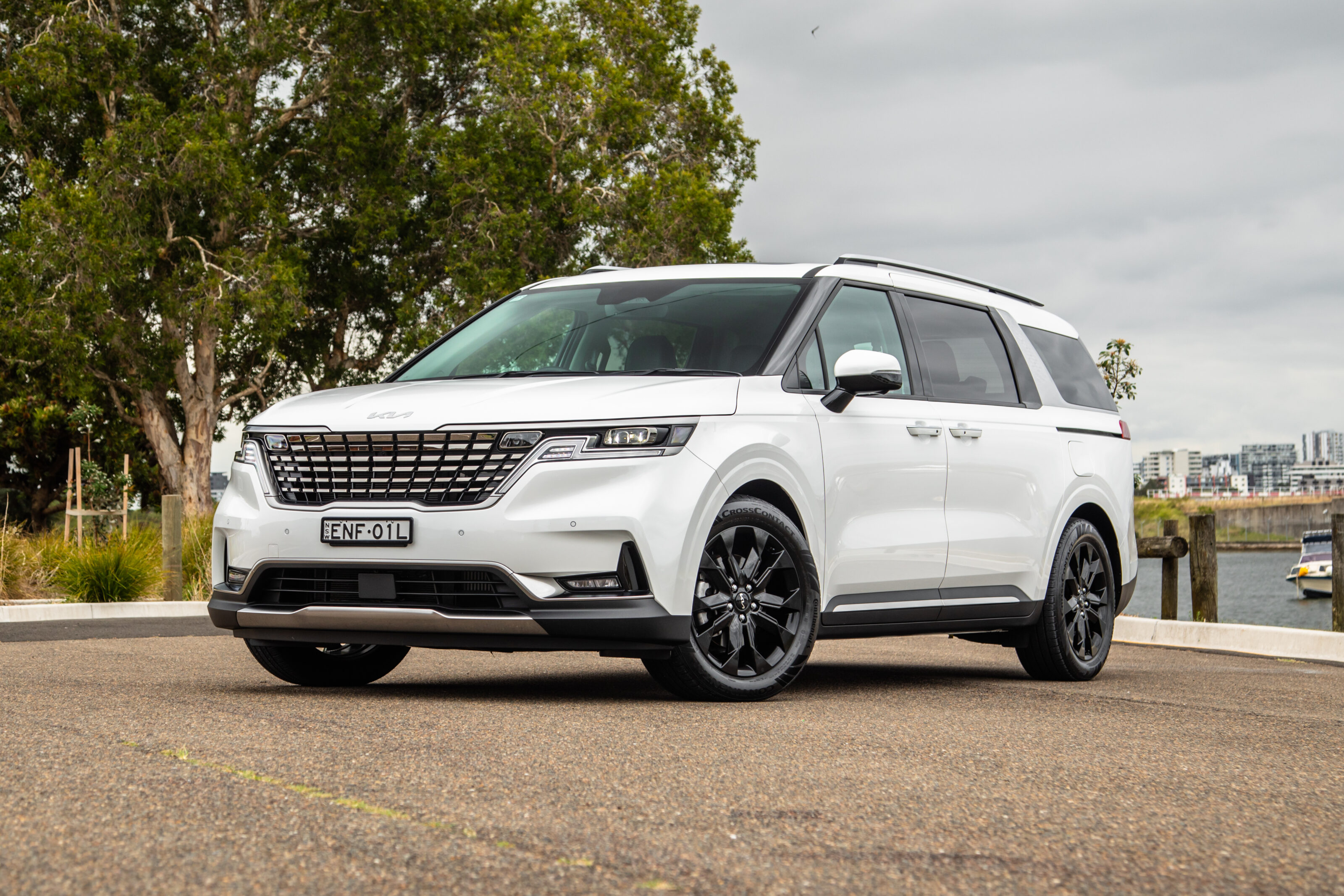
Kia Carnival
- Starting price: $51,690 drive-away
- Drivetrain: 3.5-litre petrol V6, 2.2-litre four-cylinder turbo-diesel, eight-speed auto
- Fuel consumption: 6.5-9.6L/100km
- Cargo space (with all seats up): 627 litres
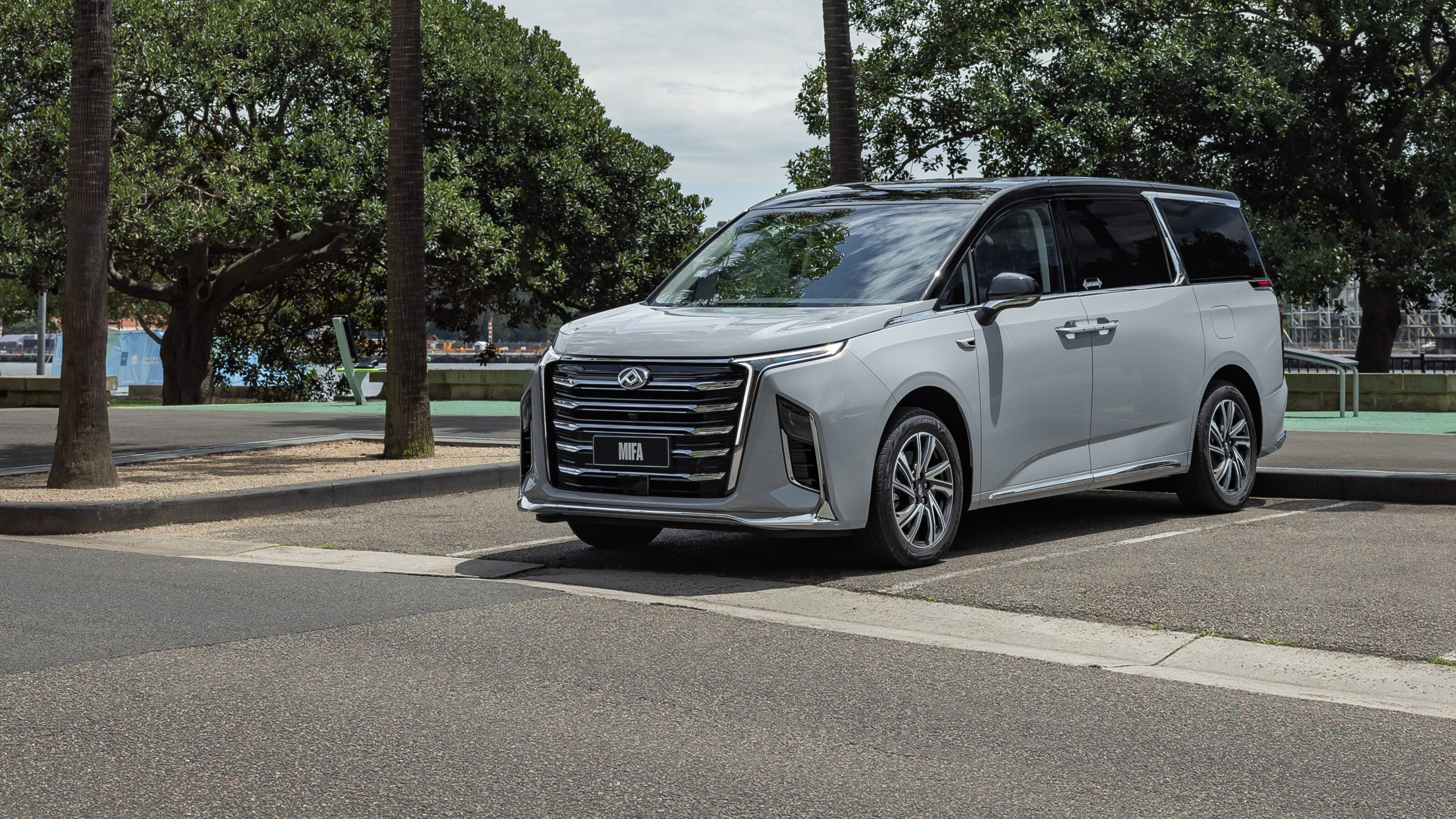
LDV Mifa
- Starting price: $53,990 drive-away
- Drivetrain: 2.0-litre turbo-petrol, eight-speed auto
- Fuel consumption: 9.3L/100km
- Cargo space (with all seats up): 466 litres
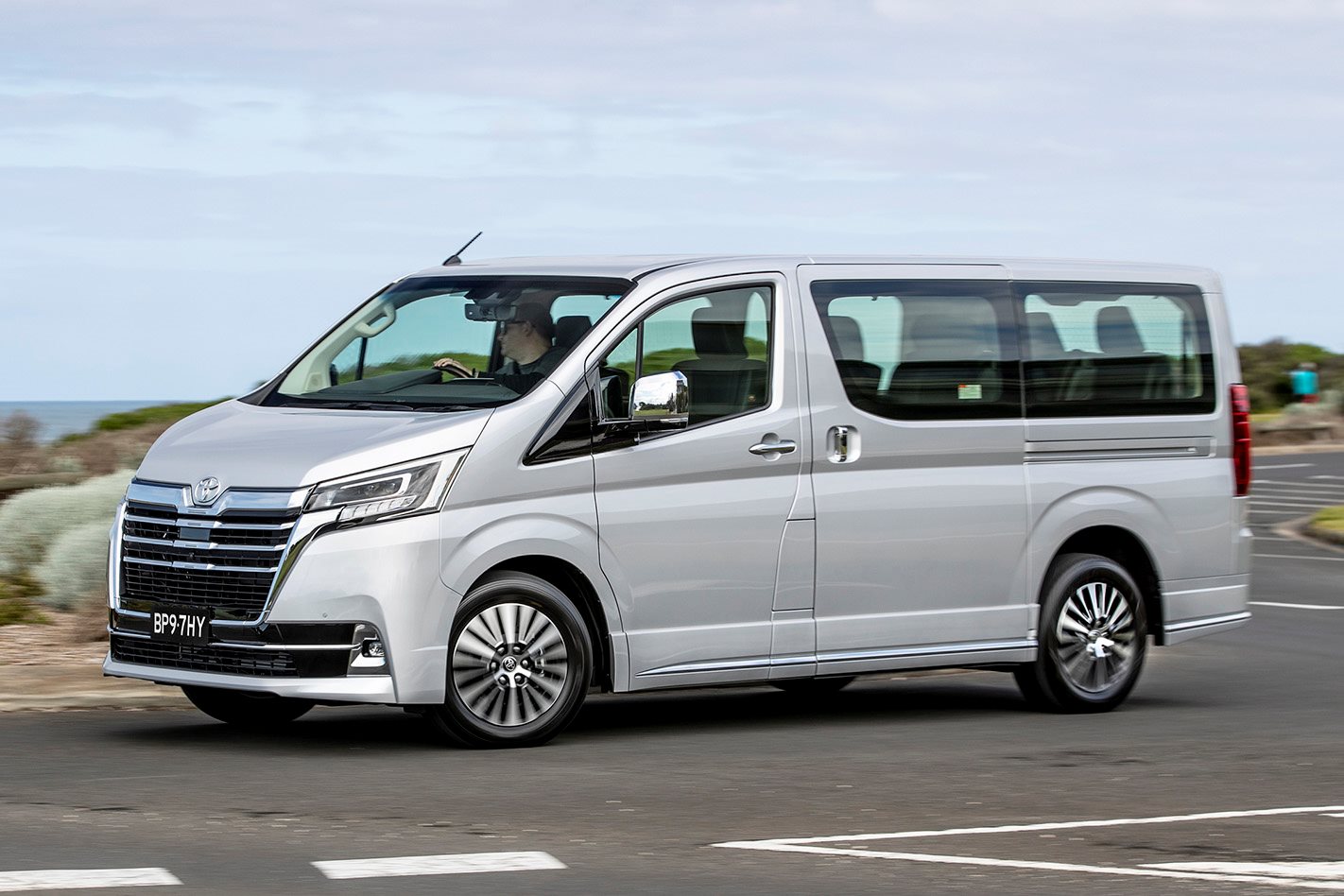
Toyota Granvia
- Starting price: $75,034 drive-away
- Drivetrain: 2.8-litre four-cylinder diesel, six-speed auto
- Fuel consumption: 8L/100km
- Cargo space (with all seats up): N/A

Note on pricing
Prices current as of March 2023.
We recommend
-
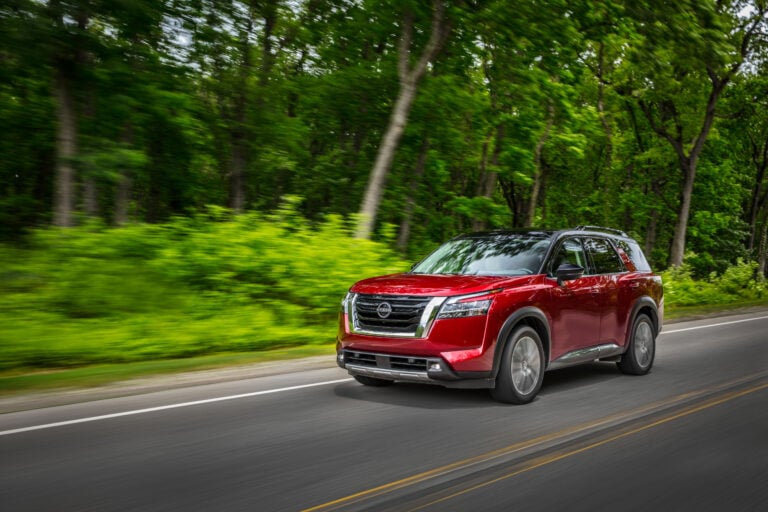 News
NewsNew family cars arriving in 2022
Take a look at our list of the most up-to-date family cars set to launch in Australia next year
-
 News
NewsDual-cab ute family features explained
Are utes good family vehicles? We take a look at some of their family-friendly features, as well as how easy it is to install a child's car seat
-
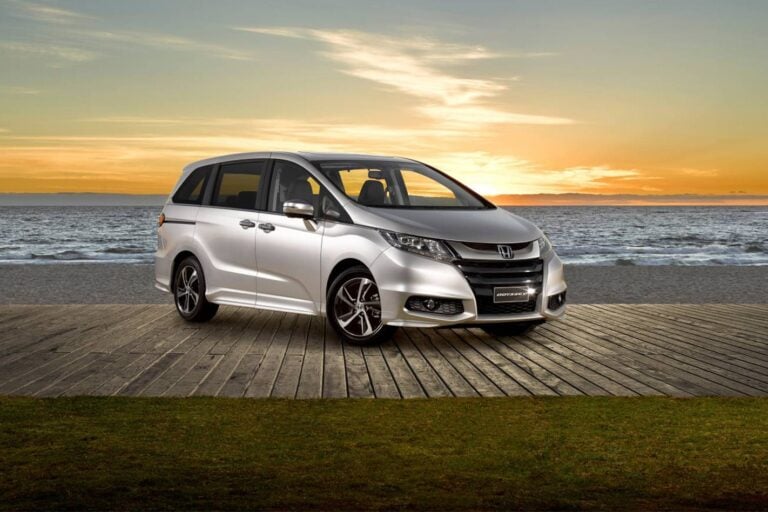 Advice
AdviceShould I buy an SUV or a People-mover?
Seven-seat SUVs are flying out of Australian showrooms but could you be getting a vehicle that better suits your purposes with a people mover?



